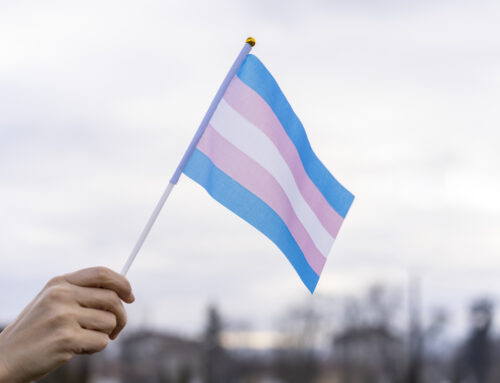Winter can be a time of fun with breaks from school, sledding and snowball flights, and sleeping in. However, like adults, children and teens in particular can experience the “winter blues,” often beginning in the fall. In a study examining parent and child reports of depressive problems among US children and adolescents at different seasons of the year, Nillni et al. (2009) found that parents of 16-18-year-old adolescents rated depressive symptoms as significantly more severe in fall and winter than in spring and summer. In contrast, there were no seasonal differences in depressive symptoms among 6-15-year-olds.
The following recommendations may be beneficial for your child or teen, as well as you, to beat the winter blues:
- Spending as much time as possible outside during daylight hours
- Maintaining a regular sleep schedule to ensure adequate sleep
- Regular exercise
- Eating healthy
- Staying connected with your child or adolescent
When seasonal mood changes become more severe or are accompanied by other depressive symptoms, the winter blues can rise to the level of seasonal affective disorder (SAD). The symptoms of SAD are the same as those of depression but have a seasonal pattern, occurring during fall and/or winter but not during other seasons. For individuals with a history of depression, symptoms may recur or worsen during fall/winter seasons. Children and adolescents with SAD may experience the following symptoms:
- Changes in mood—sadness, irritability, emptiness, or hopelessness
- Lack of enjoyment in normally pleasurable activities
- Low energy—unusual tiredness or unexplained fatigue
- Changes in sleep—difficulty sleeping or sleeping too much
- Changes in eating/weight—decreased or increased appetite (for instance, craving carbohydrates)
- Difficulty concentrating
- Decline in school performance
- Isolation from friends
- Feelings of worthlessness of guilt
- In some cases, thoughts of death or suicide
As a parent or caregiver, if you notice any of the above changes in your child or adolescent at any time but especially now as we enter the winter months, assessment and treatment may be warranted. In addition to psychotherapy, your child’s physician may recommend light therapy (phototherapy) or possibly medication.
References and Resources:
http://www.parents.com/health/mental/does-your-child-have-seasonal-affective-disorder/
http://kidshealth.org/en/parents/sad.html





